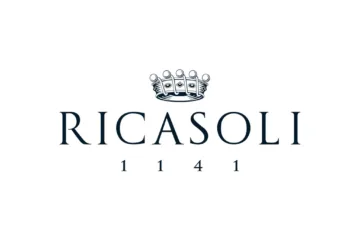‘Abona‘ is a small denominated Spanish wine region covering the semi-desert region located south of Tenerife, in the vinously revived Canary Islands. Abona is a DOP (“Denominación de Origen Protegida”) and has acquired its DO status in 1996 despite being an historical wine region and the largest wine region on the Canary Islands. Given Abona‘s isolated location, it was able to avoid the late 19th-century phylloxera outbreak that wreaked havoc on much of Europe. As a result, the island is home to numerous ancient native varieties.
Abona vineyards location
The Teide, Spain’s tallest mountain, houses the majority of its vineyards on its south-facing slopes. The Medianas region, which is located at elevations ranging from 300 to 1,800 meters (985 to 5,900 feet), is home to some of Europe’s highest vineyards.
The highest vineyard in Europe is located inland at Vilaflor, almost 1600 meters (5200 feet) above sea level.
Abona climate
Given the location of most of Abona’s vineyards, the two most important climatic features of this region are the cooler growing conditions and the high diurnal range. They are both consequences of the vineyards’ higher elevation. However, the complex topography made of steep cliff sides creates numerous microclimates.

Abona styles of wine produced
It produces a growing number of organic wines and whites made from the Listàn Blanco grape variety (with some Malvasia, Bual and Marmajuelo). These wines can be either sweet, medium-sweet or fully dry.
Along with producing unique rosé wines, Abona also makes intriguing red wines, based on regional favorites like Listán Negro, Tintilla (Trousseau), Malvasia Rosada, and Bastardo (Trousseau).

Follow me on my Social Media
Wine is a gourmet treasure, do not abuse alcohol!
None of this content has been sponsored
I did not receive any gifts or free samples that could be related to this article


